THE RESPIRATORY SYSTEM Resources that may be used
The Nasal Cavity. The nasal epithelium (Figure 20.6.1 20.6. 1 is lined with ciliated pseudostratified epithelial with goblet cells and this makes up the mucosal layer. Deep to this layer will be numerous bipolar cell nuclei. You will also find Bowman's (olfactory) glands that secrete mucus to help lubricate the mucosal layer and to dissolve.
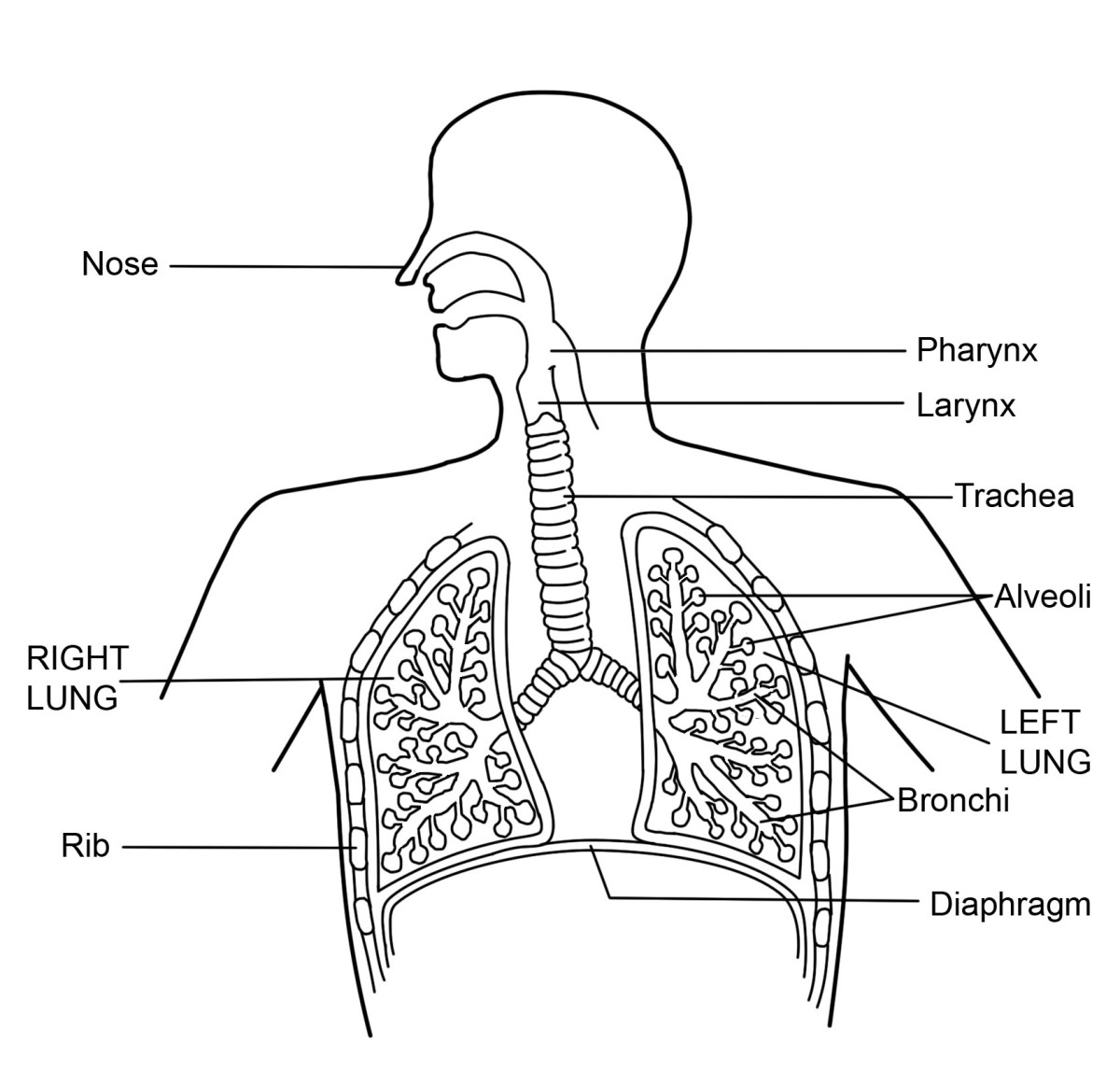
What is the Respiratory System Diagram and Function HubPages
Respiratory System Labeling (Elementary) Higher Resolution PDF for Printing. Click Here. Use Teacher Login to show answer keys or other teacher-only items. Link to More About this Part of the Human Body. Click Here. Citing Research References. When you research information you must cite the reference. Citing for websites is different from.
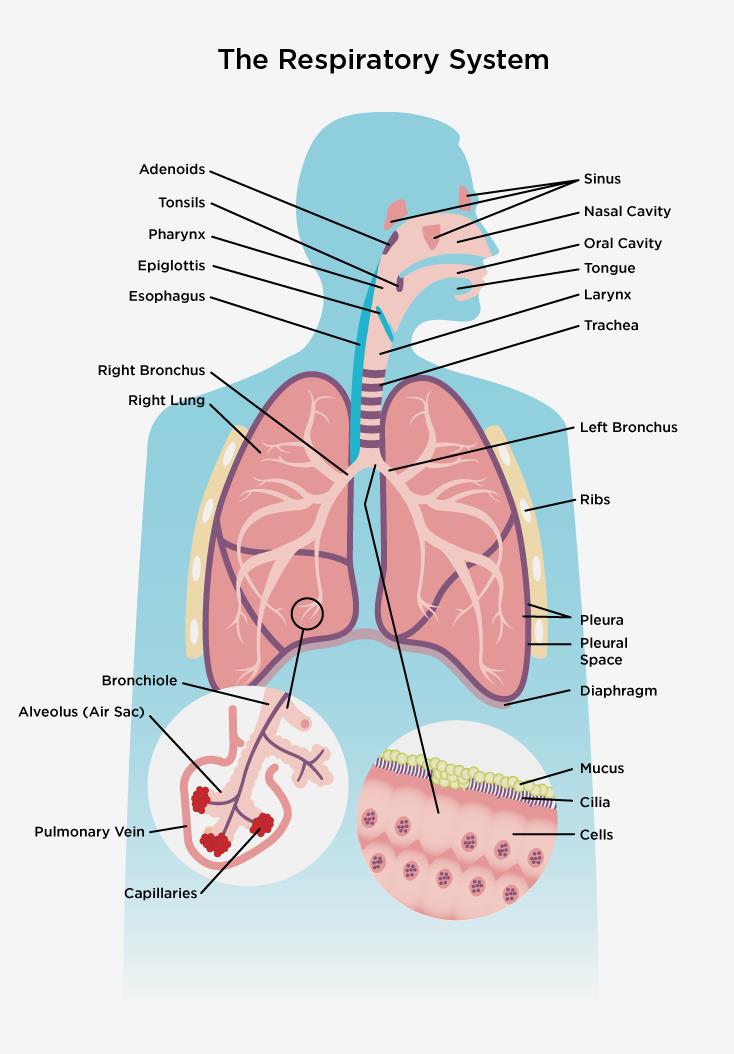
Respiratory system Canadian Lung Association
The respiratory system aids the body in the exchange of gases between the air and blood, and between the blood and the body's billions of cells. It includes air passages, pulmonary vessels, the.
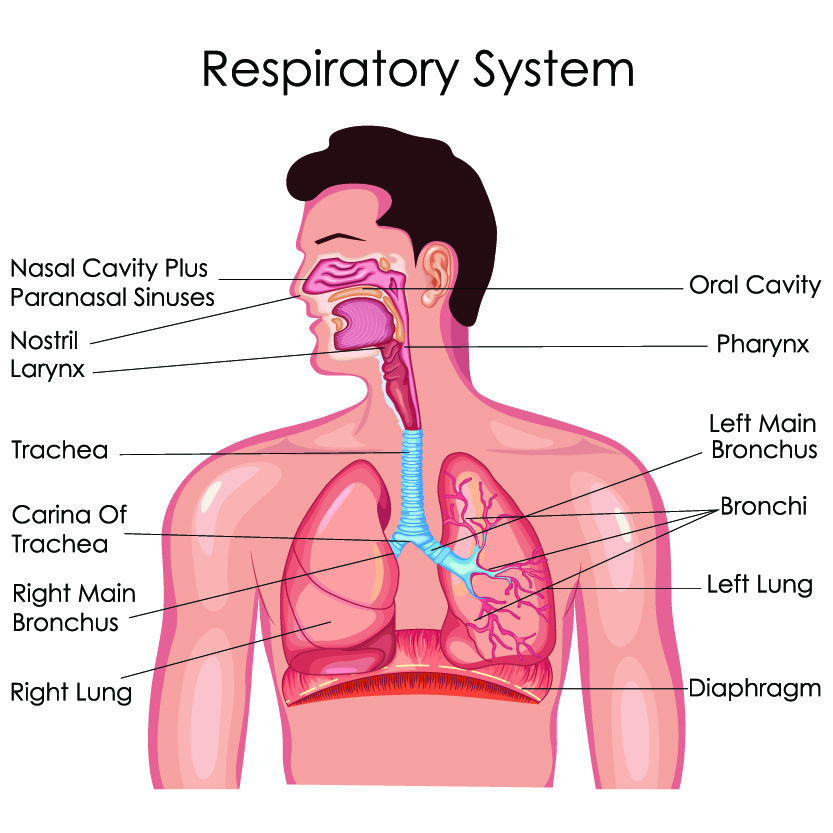
Respiratory health Reeve Foundation
Match each pair by dragging from rifgt to left. When complete choose the Check button.
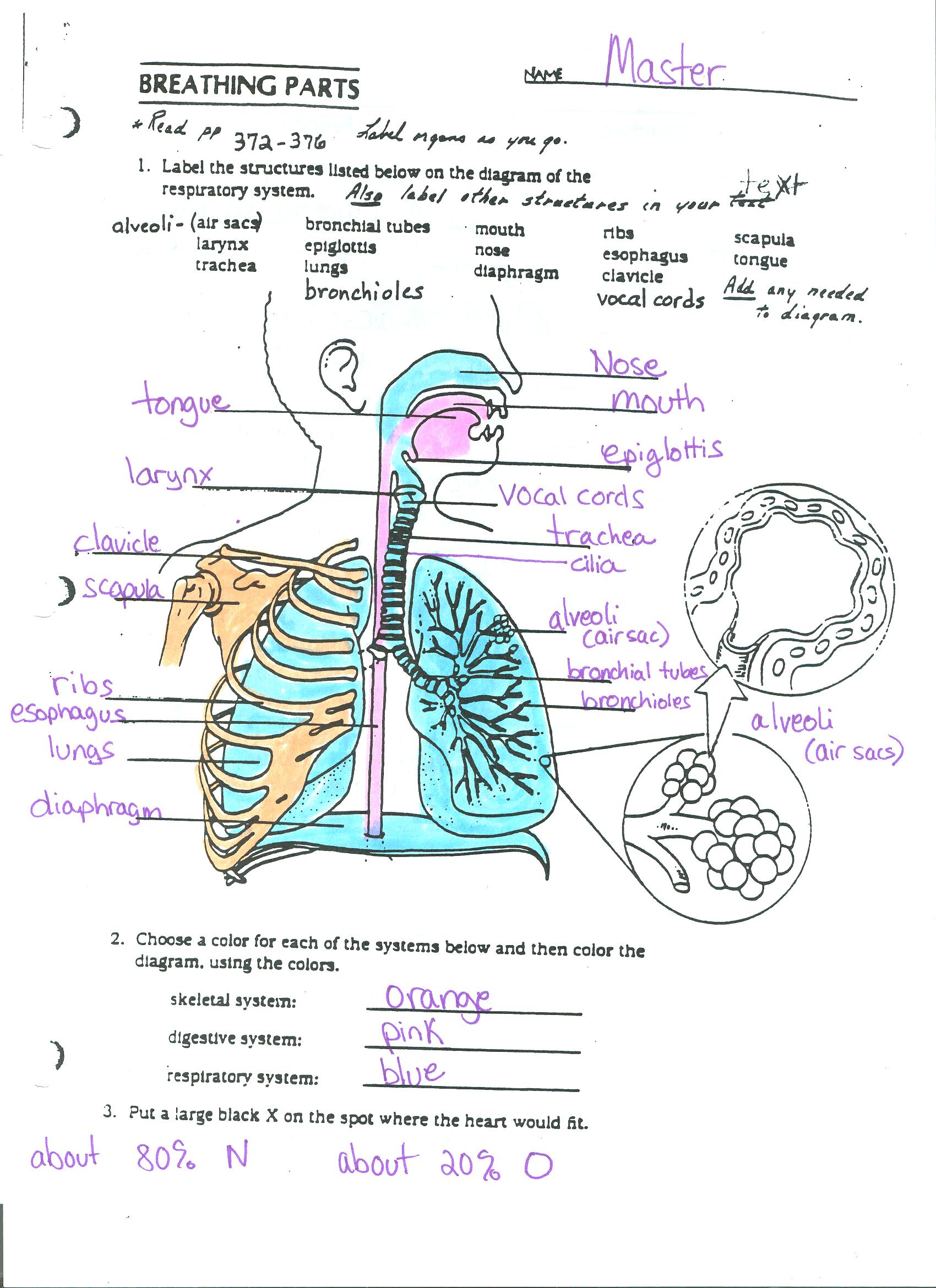
Respiratory System Diagram and Vocabulary MS. CRAWLEY
The organs of the respiratory system form a continuous system of passages called the respiratory tract, through which air flows into and out of the body. The respiratory tract has two major divisions: the upper respiratory tract and the lower respiratory tract. The organs in each division are shown in Figure 16.2.2 16.2.
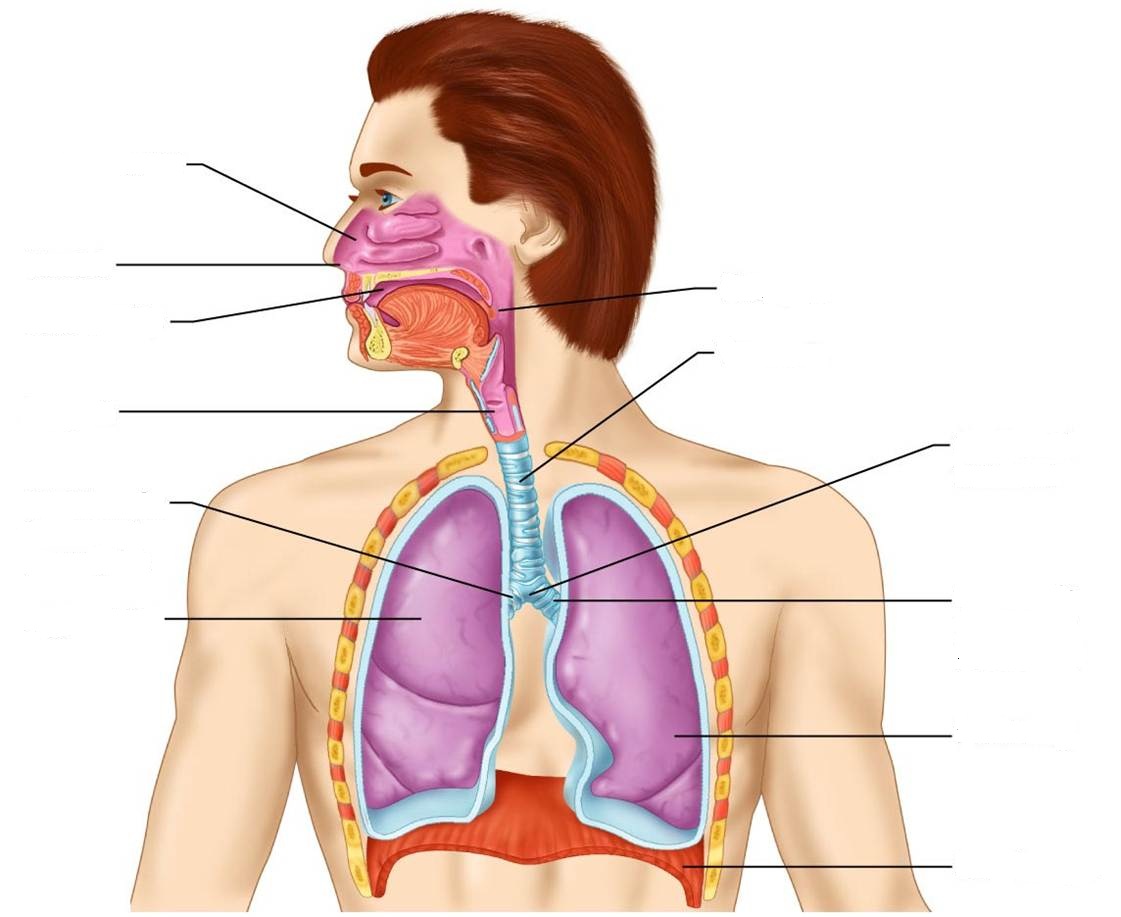
CLASS BLOG BIO 202 Respiratory System Worksheet
Respiratory System Labeling Interactive — Quiz Information This is an online quiz called Respiratory System Labeling Interactive You can use it as Respiratory System Labeling Interactive practice, completely free to play.

C.1. Introduction to the Respiratory System
LibGuides: Anatomy & Physiology: BIO 161 / 162: Lab 7: Anatomy of the Respiratory System

Draw a diagram of respiratory system and label the following 1.parr
Label the Respiratory System Structures ©Sheri Amsel www.exploringnature.org pleura pleura 1. 2. 3. 4. 5. 6. 7. 8. 9. 4 5 6 7

RESPIRATORY SYSTEM
Strengthening Team-based Education in Practice Copyig Pappoaleaning 21 wwwepappoaleaningog PMD 1 Developed by Madeline Cox Page 1 of 2 Developed by Madeleine Cox

Human Respiratory System 7 Download Scientific Diagram
With a labeled diagram, you can see all of the main structures of an organ system together on one page - great for helping you to memorise the appearance of several structures and their relations. Unlabeled diagrams can then help you to put your memory to the test. Below, you'll find the respiratory system labeled and unlabeled on two.
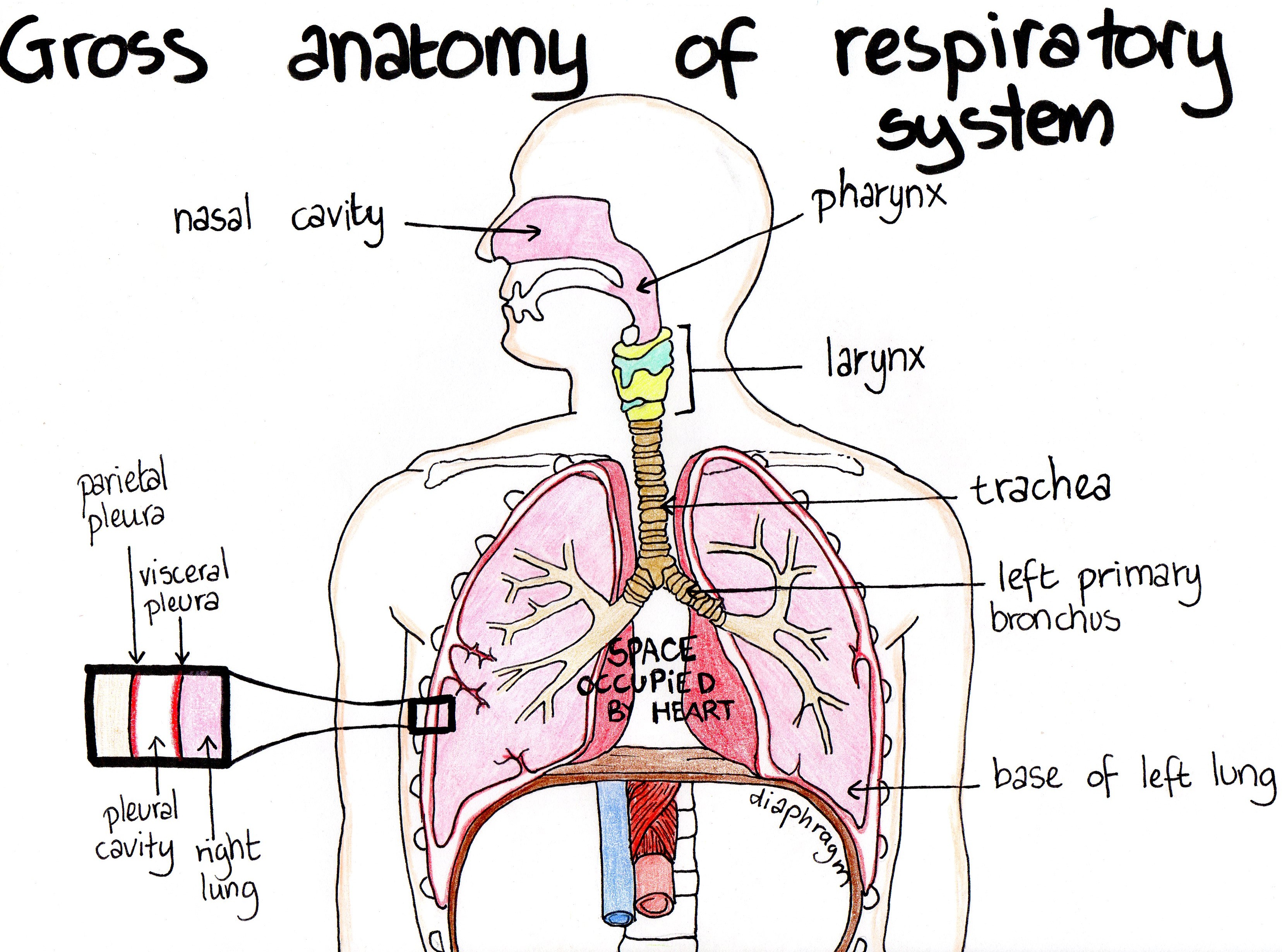
Respiratory System Medical Biology illustrated notes
eChalk HTML5 resource. www.eChalk.co.uk. Label the parts of the respiratory system. This resource also contains a diagram of alveoli. (worksheet)
Anatomy of the human respiratory system. (Reprinted with permission
The structures of the upper respiratory system, or respiratory tract, allow us to breathe and speak. The nose and nasal cavities provide airways for respiration. The paranasal sinuses surround the nasal cavities. The pharynx connects the nasal and oral cavities to the larynx and esophagus. The larynx and vocal cords allow us to breathe and talk.

Images 07. Respiratory System and Breathing Basic Human Anatomy
Term. epiglottis. Definition. piece of cartilage that covers the larynx to prevent food from entering the airway. Location. Start studying respiratory system labeling. Learn vocabulary, terms, and more with flashcards, games, and other study tools.

draw a labelled diagram showing the human respiratory system Brainly.in
View Original Image at Full Size. Labeled diagram of the lungs/respiratory system. Image 37789 is a 1125 by 1408 pixel WebP Uploaded: Jan10 14. Last Modified: 2014-01-10 12:15:34

THE RESPIRATORY SYSTEM
Respiratory system. The body system responsible for gas exchange between the body and the external environment. Pharynx (throat) Tube connected the nose/mouth to the esophagus. Larynx (voice box) Tube forming a passage between the pharynx and trachea. Trachea. Tube connecting the larynx to the bronchi of the lungs. Bronchi.

Original file (SVG file, nominally 800 × 900 pixels, file size 330 KB)
The cells of the human body require a constant stream of oxygen to stay alive. The respiratory system provides oxygen to the body's cells while removing carbon dioxide, a waste product that can be lethal if allowed to accumulate. There are 3 major parts of the respiratory system: the airway, the lungs, and the muscles of respiration.